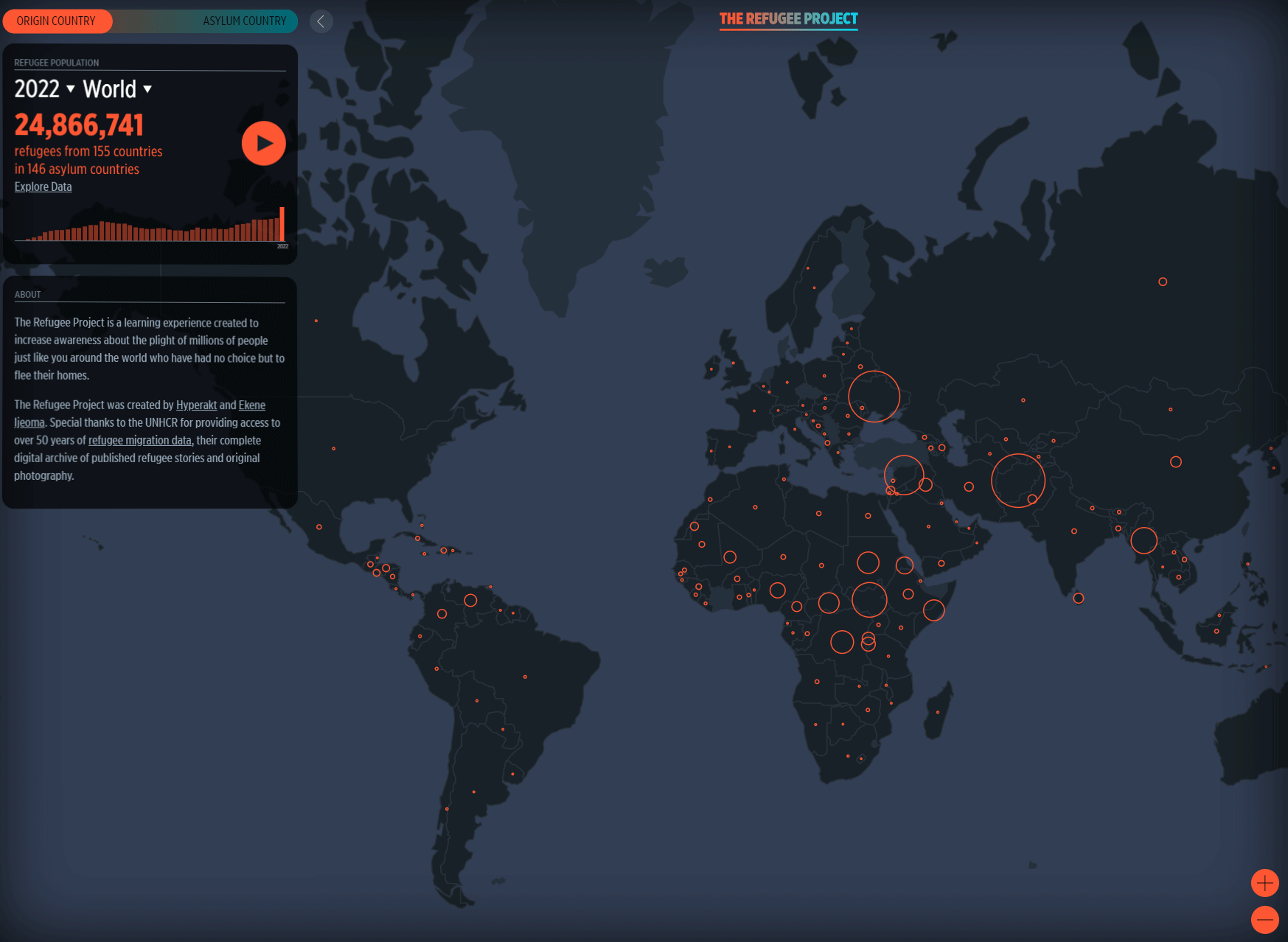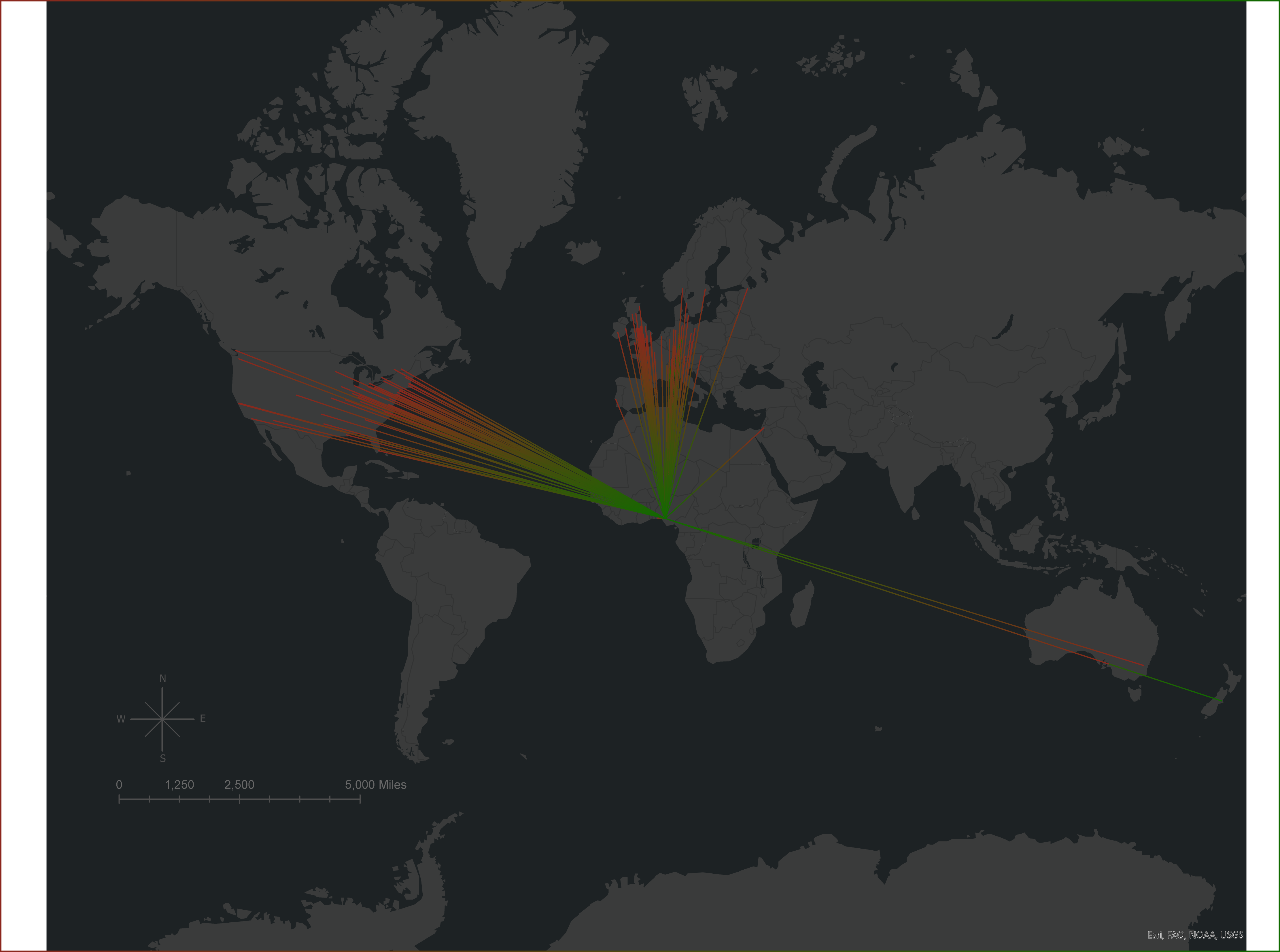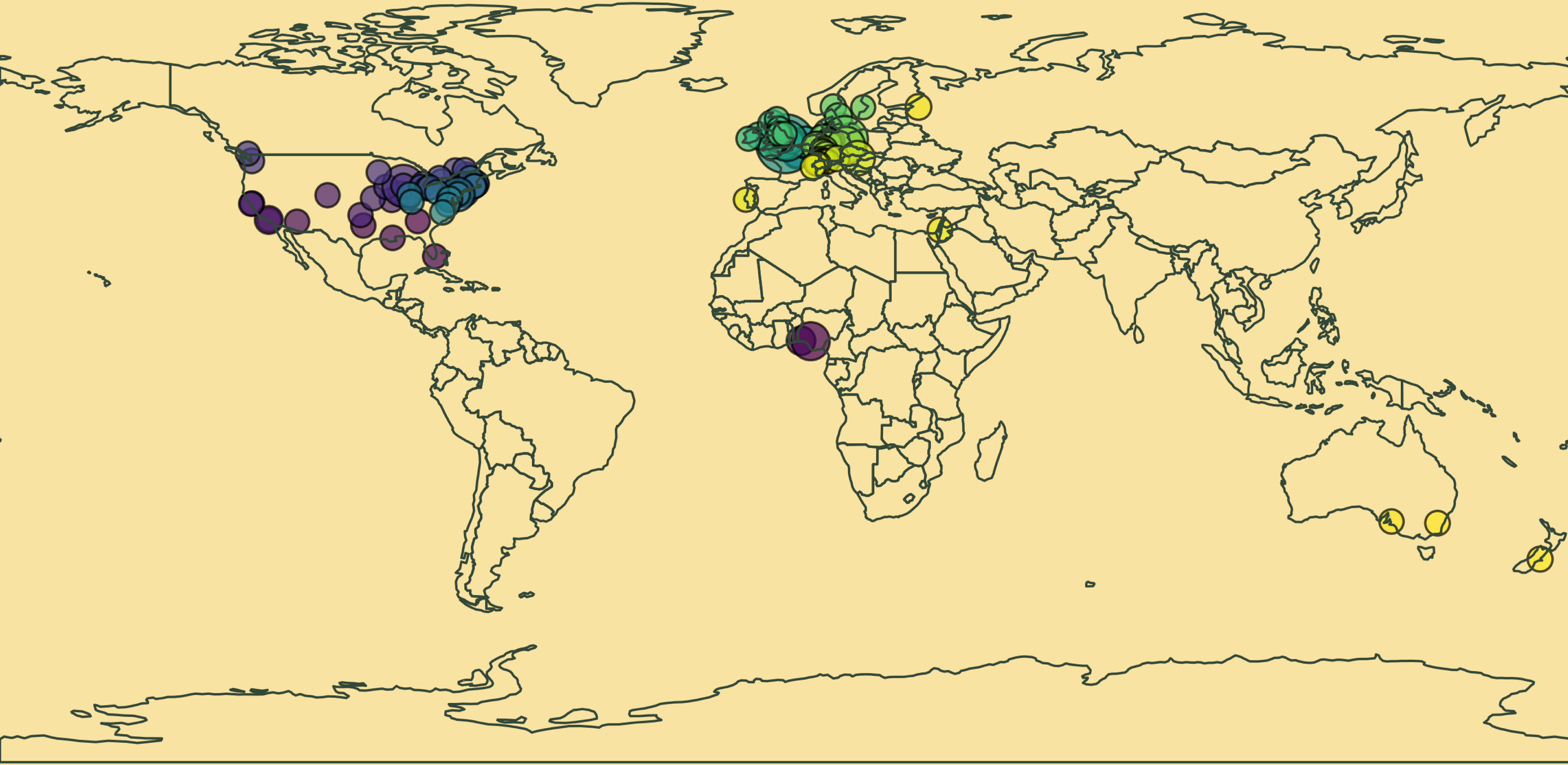Project Goals
-
Move away from the static model of Digital Benin’s digital archive, using augmented reality to enhance each user’s
awareness of the intended uses of the cultural artifacts and the cultural conditions within which each object was crafted.
- Beginning with a physical object or set of objects that can be placed throughout the space to prompt the user to engage with the AR versions of the object as an exercise in redefining the context of these objects by associating them with spaces and objects familiar to the user
- Moving on to mapping and exploring less-conventional ways to do so.
- Including a physical document that presents the analyses, proposed interactions with historical artifacts, historical context, etc.
- Follow the journeys of the objects through space and time to draw attention to the individuals and groups involved their removal and the gaps in the available information.
- Change the context of how Africans interact with historical artifacts as integral parts of our complex history with colonialism and current wrestles with neo-colonialism. In doing so add to the practical and theoretical applications of ideas in the realm of post-colonial, afro-futurist discourse in the realm of decolonization.
Methodology
- Define what cultural artifacts to include by broadening the language: shift from Benin Bronzes to Benin cultural artifacts.
- Collate available data on the 5,246 cultural artifacts on Digital Benin.
- Collect and categorize images of these documented cultural artifacts.
-
Spatialize the movement of artifacts:
- General spatial displacement
- Networks of individuals and institutions participating in the displacement of these artifacts
- Connect a sample of artifacts to the aforementioned networks

A starting point for visualizing general spatial displacement is refugee maps that visualize the displacement of people at country levels. The most important being the the 2022 refugee map by The Refugee Project.


Network Analysis
I created a new dataset to show which institutions and individuals were involved in moving the artifacts from Benin to one of the documented 131 institutions. Connecting all entities involved in the movement of each artifact from Benin to the institutions that hold them today. Used a force algorithm to disperse the network’s nodes in a manner that clusters those with stronger connections and shows which entities (British Museum, Pitt-Rivers Museum, Sydney Burney, Sotheby’s, etc.) are most connected to the rest.
Network analysis of all the individuals and institutions documented by Digital Benin as being involved in moving or repatriating the Edo cultural artifacts
Given the difficulty in reading these graphs, I then took a sample of that new dataset, the soldiers who participated in the British colonial military campaign and were identified by the institutions. Mapped their connections through time and visualized it to highlight the entities that connected others the most.
- Sample of 140 entities connected to 36 soldiers
- Color: communities of nodes
- Size: connectivity.
- Goal: identify the most influential entities
There are gaps in the data:
- The time that some entities possessed and handed over the artifacts
- Transfer of funds between entities
- The artisans directly attributed are those whose work was “commissioned”
Network analysis of a sample set of individuals and institutions involved in moving or repatriating the Edo cultural artifacts
The smaller network analysis highlighted the influence of Edo entities in bringing back artifacts: members of the royal court of Benin, guild masters, kings. It also highlighted the role the colonial Nigerian government played in the very first restitution efforts in the 1950’s.